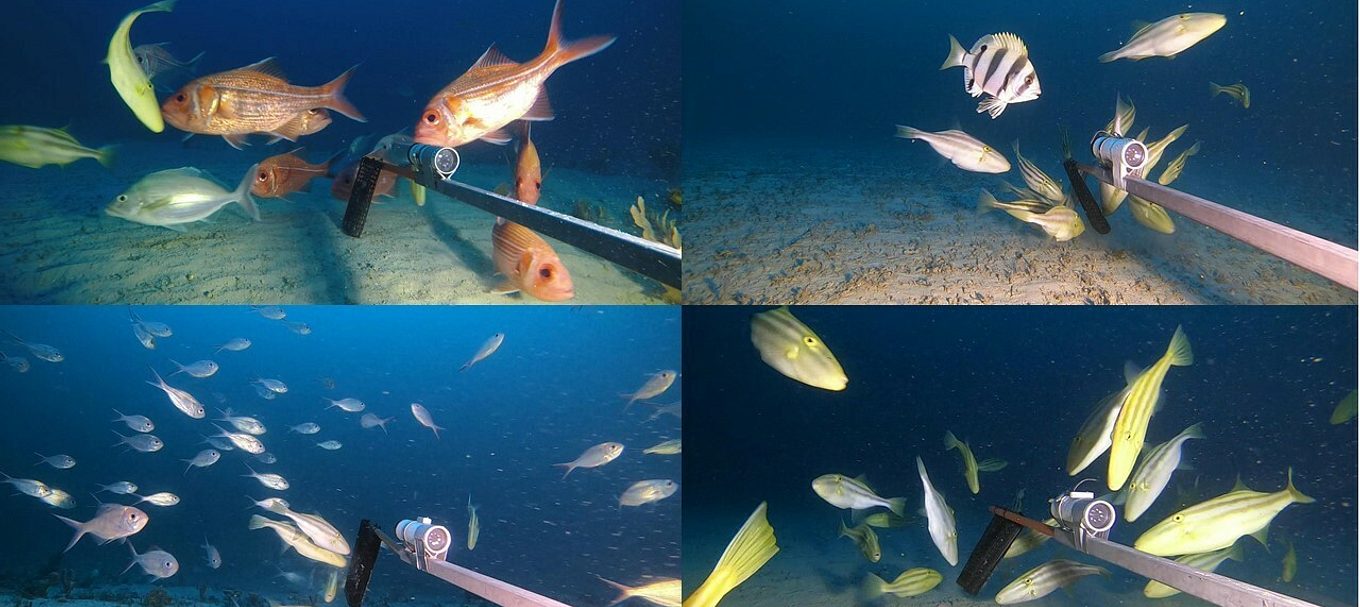
Your guide to South Australia’s underwater ‘twilight’ zone
Ever wondered what lies in the depths of the ocean where the light starts to fade into dark? This National Science Week, find out what scientists saw in South Australia’s mysterious deep blue with their deep water cameras.
If you love the ocean and are fascinated by what lies beneath, chances are you’ve donned a pair of fins and a mask and snorkelled around some of South Australia’s ’s premiere dive sites like Port Noarlunga and Aldinga Reef.
But have you ever wondered what lies out in the deep, beyond where divers can reach?
DEW scientists, in collaboration with Parks Australia have been asking that exact question. They recently embarked on a series of visits out to the ‘twilight zone’ (mesophotic zone) to better understand how these marine environments function and the role marine parks play in protecting these systems.
Check out the video of the underwater expedition.
What is the mesophotic zone?
The mesophotic zone is located between 40 and 150 metres under the surface and is the border between where light fades and darkness begins.
Scientists believe deep and cool mesophotic habitats will provide a critical refuge for marine species as ocean water warms under climate change scenarios.
What did they find?
On a recent expedition to the adjacent state and Commonwealth Western Kangaroo Island Marine Parks, scientists deployed Baited Underwater Video Systems (BRUVS) to depths of 120 metres (the deepest ever for South Australia) and revealed a number of interesting finds:
- A great diversity of sharks and rays were observed including: gummy shark, school shark, whiskery shark, spikey dogfish and smooth ray. Sharks and rays are ecologically important as they maintain the ecosystem as top predators and are indicators of ocean health.
- Marine parks are providing areas for commercially targeted species as well as species of conservation concern such as Bight redfish (Centroberyx gerrardi). These fish are slow to mature and can reach the ripe old age of 70! This makes them vulnerable to fishing pressure.
- Knifejaws (Oplegnathus woodwardi) have a unique arrangement of teeth which are fused on both the top and bottom jaw and resemble a parrot’s beak. Not much is yet known about the biology of this species, and capturing them on camera using BRUVS will help to further scientists’ understanding.
- Australian sea lions (Neophoca cinerea) playing around at 112 metres deep! Amazingly, Australian sea lions can hold their breath for up to 12 minutes and make several dives per hour. Australian sea lions have recently been listed as endangered. Seeing them on BRUVS in marine parks means our parks are protecting important foraging grounds for this species.
- Species that may be exposed to climate change driven processes in shallower environments such as increased ocean temperatures, loss of habitat and food sources, will be forced to seek habitats either at the same depth in areas that are cooler or travel into deeper habitats.. Deeper mesophotic habitats are generally characterised by more stable environmental conditions and therefore may provide a critical refuge to displaced species.
Want to learn more about the underwater creatures found in SA’s waters, check out our blogs about sea dragons, blue devil fish and squid.